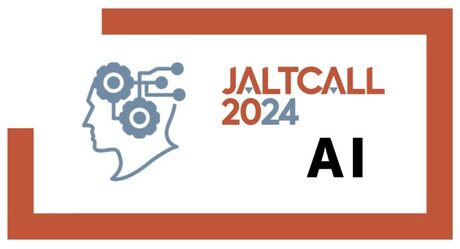Speaker
Description
In an attempt to explore the linguistic features in the headlines of fake news, this study selected a sample of 383 fake news articles (Clarke et al., 2021) covered by the SEC’s enforcement action issued on April 10, 2017 (U.S. Securities and Exchange Commission 2017). Through building a corpus for headlines of fictitious news stories, this study was able to conduct both lexical and pragmatic analyses. At the lexical level, the present study found a prevalent use of medical or pharmaceutical terminology in the corpus. At the pragmatic level, guided by the relevance theory, this study explored the distribution of two grammatical categories—definite referring expressions and superlatives and intensifiers—to investigate whether these parts-of-speech contribute to an information gap that enhance readers’ expectation. Employing the tool Wmatrix, this study discovered that definite referring expressions and superlatives and intensifiers accounted for a relatively small proportion of the corpus. However, some strategies used in clickbait headlines to increase the relevance between audience and news titles were observed in certain fake news headlines examined in this study. It is hoped that the findings of this study will not only shed some light on the detection of false information but also direct the attention of news consumers toward implicit or underlying linguistic patterns present in untruthful journalistic language embedded within headlines.
| Keywords | fake news, corpus, relevance theory |
|---|

